Fire Extinguisher
Fire extinguisher helps to put out small fires. Apart from that, by extinguishing the fire at the initial stage itself, it helps to protect the environment from burning debris and smoke. A small extinguisher can handle 80% of all fire incidents. It reduces the damage and stops the fire from becoming more disastrous.Fire extinguisher helps to put out small fires. Apart from that, by extinguishing the fire at the initial stage itself, it helps to protect the environment from burning debris and smoke. A small extinguisher can handle 80% of all fire incidents. It reduces the damage and stops the fire from becoming more disastrous.
Types of Fire Extinguishers:
The interesting fact about Fire extinguisher is that a single device cannot tackle every type of fire. The reason is, various extinguishers are created to handle different classes of fire. So it is important to choose the right type to achieve true safety. Here is a list of various fire extinguisher types to address various class of fires.
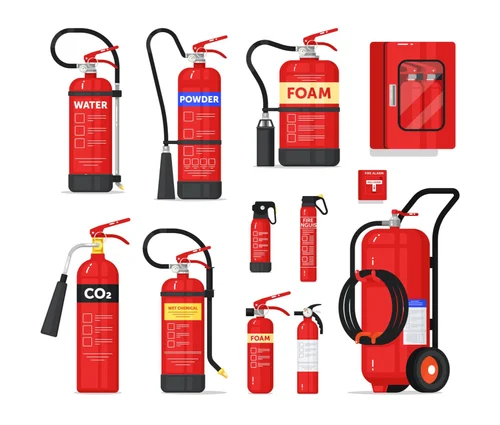
Dry Powder Fire Extinguishers
As the name suggests, dry powder fire extinguishers use fine powder to extinguish fires. The powder consists of a mixture of chemicals that inhibit the chemical reaction of the fire, effectively stopping it from spreading. These fire extinguishers are suitable for fires caused by flammable solids, liquids, and gases (Class A, B, and C fires). However, dry powder extinguishers can create a mess when used and can also impair visibility, so they should be used with caution in enclosed spaces.
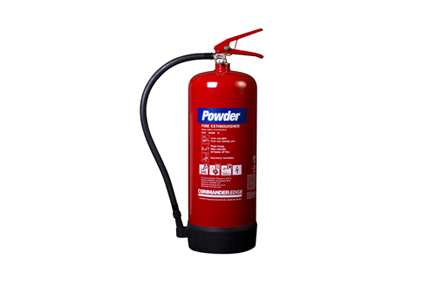

CO2 Fire Extinguishers
One of the most hygienic fire extinguishers is the carbon dioxide fire extinguisher, which does not leave any residue requiring clean-up after usage. This fire extinguisher utilizes carbon dioxide to deprive the fire of oxygen, effectively smothering it.
Water Fire Extinguishers
Water extinguishers are considered the simplest, most widely used, and most cost-effective type of fire extinguisher available. These fire extinguishers dispersing a stream of water are designed to combat Class A fires involving materials such as paper, wood, straw, coal, and much more
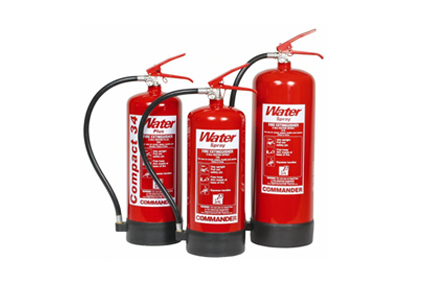
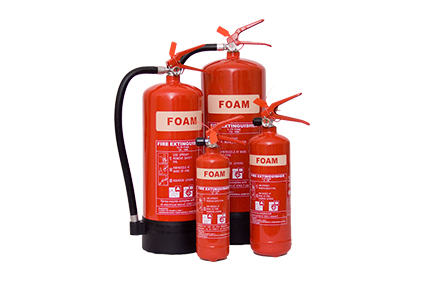
Foam Fire Extinguishers
Foam fire extinguishers are well-suited for extinguishing Class A fires and liquid Class B fires. However, they are not suitable for use on gaseous fires. After usage, foam fire extinguishers leave a residue that requires cleaning.
Clean Agent Fire Extinguishers
Clean agent fire extinguishers are a gaseous fire suppression system that reduces the fire’s oxygen level, impeding the chain reaction. These fire extinguishers are highly preferred as they are non-conductive, environmentally friendly, safe, and leave no residue after usage.
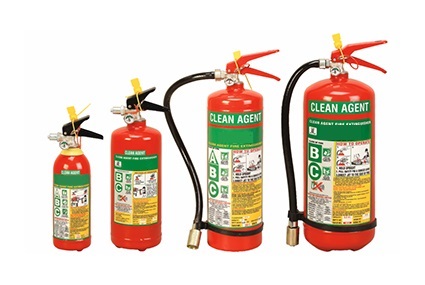
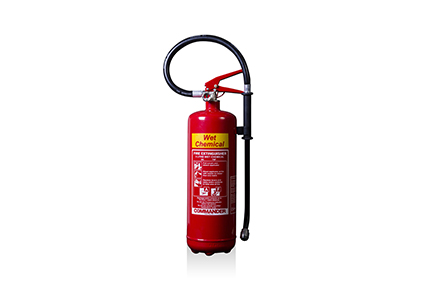
Wet chemical extinguishers
Fire extinguishers that use a pressurized solution of alkali salts in water are the only type of extinguishers that are effective for Class F fires involving fats and cooking oils. These types of extinguishers are primarily used in kitchens equipped with deep-fat fryers.
 Fire Detection System
Fire Detection System